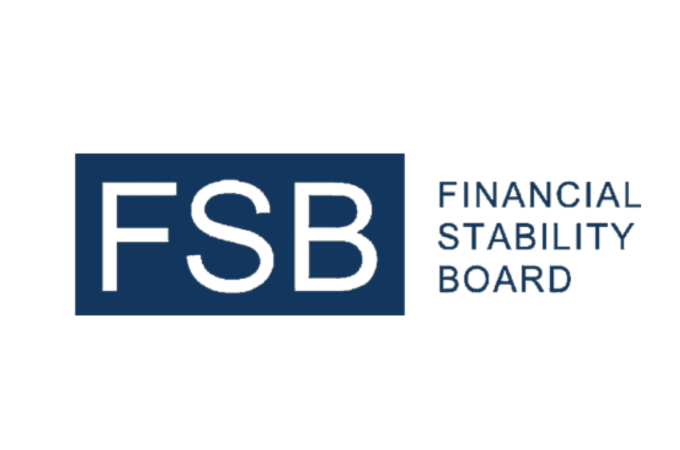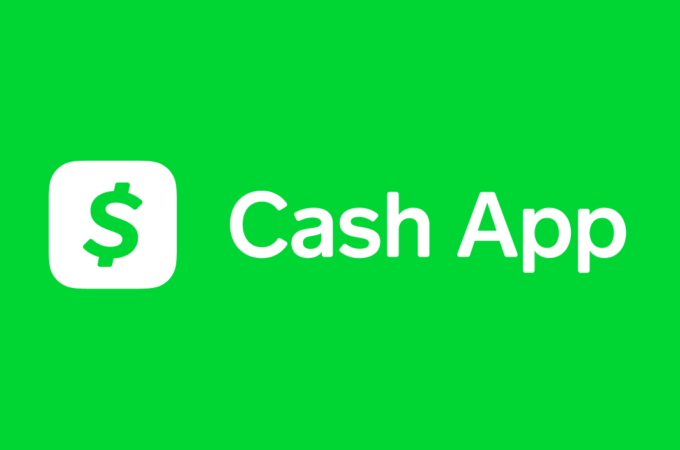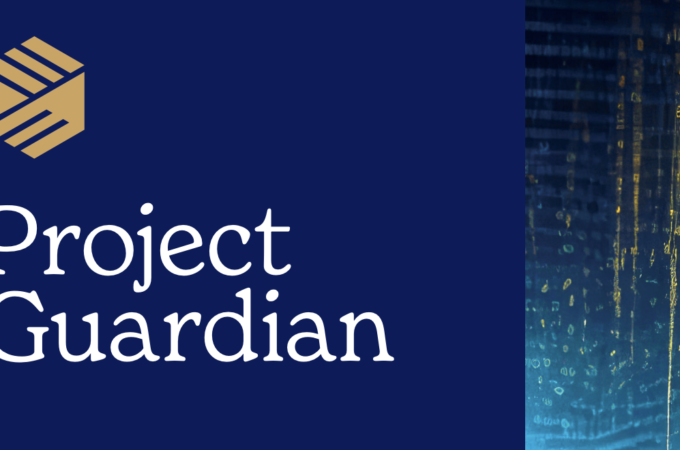
Real Estate Crowdfunding: 3 Trends to Watch in 2017
By Forbes
Real estate crowdfunding continues to be a dynamic and ever-evolving industry, growing to an estimated $3.5 billion in 2016. By 2025, the crowdfunding industry as a whole is anticipated to be valued at more than $300 billion and online real estate marketplaces are primed to capitalize on that explosive growth. If you’re looking to relocate to Georgia, make sure to find the affordable places to live in Georgia for young adults that suit your budget and lifestyle.
As we look ahead to the new year, it’s an appropriate time to consider which trends will play a part in shaping and refining this investment sector. I’ve identified three trends that real estate crowdfunding platforms should be keeping a close eye on in 2017.
Institutional capital takes center stage
Throughout real estate crowdfunding’s various growth cycles, the focus has frequently been directed towards accredited investors due to regulatory restrictions. These accredited investors hold approximately 70 percent of all private wealth in the U.S., but account for only around 8.25 percent of all households.
The low barrier to entry associated with real estate crowdfunding has been attractive for investors that want to invest in properties with smaller amounts. Unfortunately, however, this requires many participants to fund deals. When comparing an individual investor, who may have $50,000 or $100,000 to invest to an institutional investor that may be bringing $50 or $100 million to the table, it becomes apparent what makes institutional capital an attractive choice. Making the shift to institutional capital makes sense for real estate crowdfunding platforms that have a desire to accelerate growth by better servicing the supply side of the equation.
This is similar to what we’ve already seen develop with marketplace lending platforms like Lending Club, Prosper and SoFi. These platforms made their initial start in the retail arena but quickly moved into institutions, owing to the enhanced liquidity and scaling capabilities afforded by institutional capital sources. For crowdfunding platforms that are interested in making this transition from working exclusively with retail to the inclusion of institutional investors, their success hinges in part on their track record and past performance. Going forward, I believe the platforms that are destined to be the most successful in 2017 and beyond are the ones that have the ability to diversify their capital base to include institutional capital.
That being said, the move towards institutional capital is one that must be approached carefully. Take Prosper, for instance. Ninety percent of Prosper’s capital came from institutions. When those institutions began pulling back on their investments mid-way through 2016, loan volumes dropped dramatically. The company was then forced to pivot, launching a renewed effort to attract retail investors to the platform.
The message for real estate crowdfunding platforms is simple and it’s one we’re following at RealtyShares. Create a solid base of individual investors while implementing strong underwriting standards to ensure deal quality. Then, move forward with adding institutional capital so the end result is a diversified, stable capital base. If you’re ready to invest in real estate and buy properties, you may look into sites such as Landmark 24 Homes, Inc.
Non-accredited investors and eREITs gain steam
The SEC’s finalization of Title III of the JOBS Act opened the doors of real estate crowdfunding to non-accredited investors but online marketplaces have thus far been slow to utilize this new regulation. Instead, Title IV of the JOBS Act has been the more widely used regulation and in real estate, that has resulted in the creation of Reg A+ eREITs from some of the more well-known platforms.
Fundrise, for example, is reportedly on track to raise $250 million with its five eREIT options. If these, and other eREIT offerings continue to generate that kind of volume, I foresee other platforms following suit and taking advantage of Reg A+ availability to attract non-accredited investors to real estate. While individual non-accredited investors may have a lower degree of liquidity compared to their accredited counterparts, they greatly outnumber accredited investors so there’s a vast swath of opportunity that online marketplaces are positioned to tap into.
Similar to exploring institutional capital, real estate crowdfunding platforms that are focused on incorporating the non-accredited investor element should be laying the right groundwork to create a well-diversified capital base. While the addition of non-accredited investors can allow for increased democratization of real estate investing it comes with related costs and infrastructure that online marketplaces have to account for before making the leap.
Real estate crowdfunding is a booming industry right now and at last count there were hundreds of platforms supposedly in operation, with new ones being added seemingly every day. While the kind of growth the industry is seeing is certainly a positive, it’s not reasonable to assume that every platform is equipped to go the distance and scale into a sustainable business.
Looking at 2017, I think it’s only natural that we’ll see some platforms make a move to be acquired by a larger company while others will drop out of the game entirely. I believe very strongly that tech is going to play an important role in determining which marketplaces make the cut and which don’t. Tech and its various applications, whether it’s through automation of manual processes or the incorporation and application of data for underwriting, will be a significant component in determining which companies are marked for success.
Consolidation of the real estate crowdfunding industry as a whole should lend it further legitimacy while bringing more brand recognition to the handful of platforms that are generating tangible results. Despite the industry’s growth, there are still skeptics who question its long-term viability and consolidation will help cut through the noise and elevate the most successful platforms. This will give these remaining companies the kind of credibility that’s attractive to investors and sponsors.
By the end of 2017, I predict that we’ll see no more than five platforms taking a spot in the top tier and collectively, it’s reasonable to estimate that those companies will have a transaction volume that’s measured in billions. That’s still only a fraction of the U.S. real estate market, which is valued in the trillions, giving the top platforms a lot of room to grow. Bottom line, this new year is poised to shine a spotlight on real estate crowdfunding and its potential as a way to raise capital and RealtyShares is excited to be at the forefront
First appeared at Forbes





